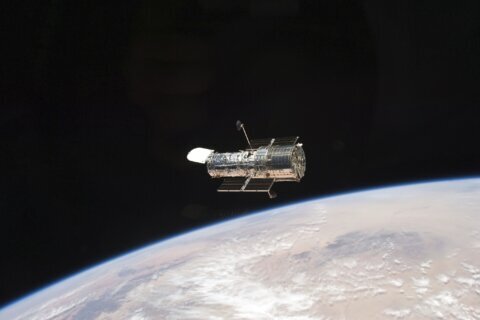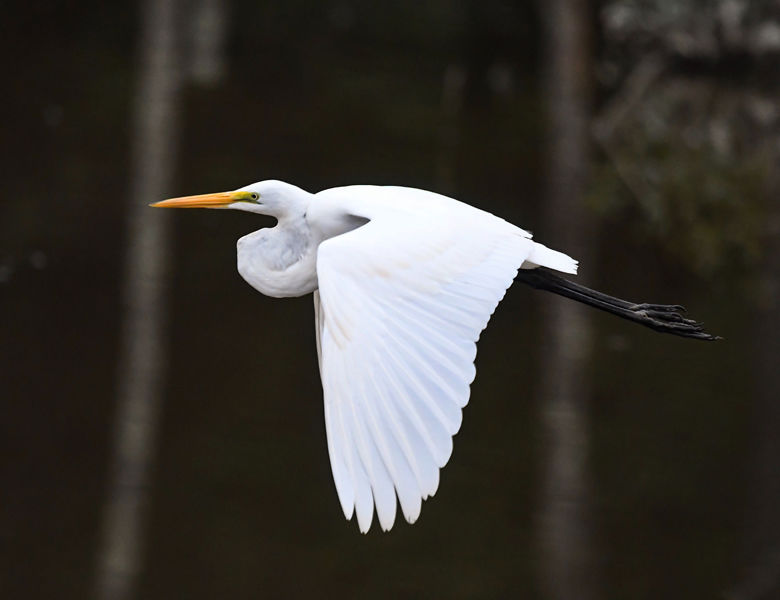
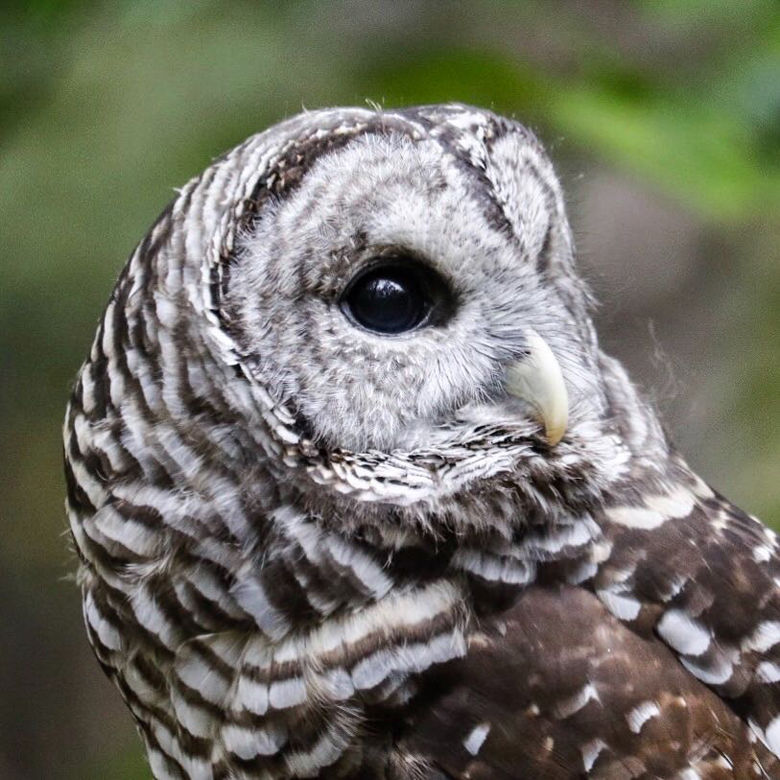
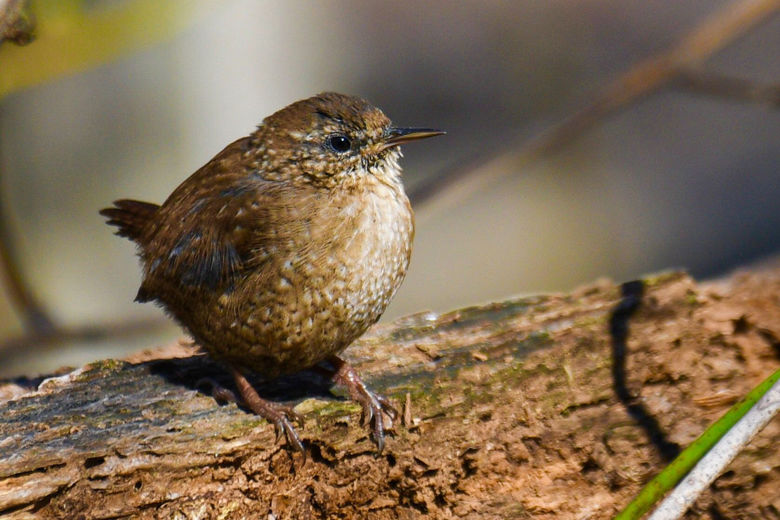
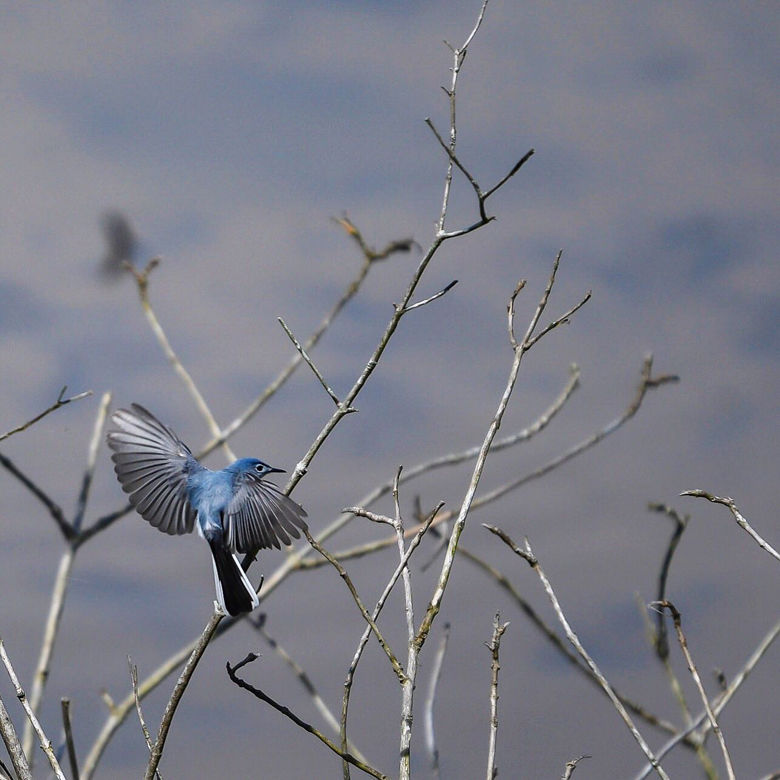
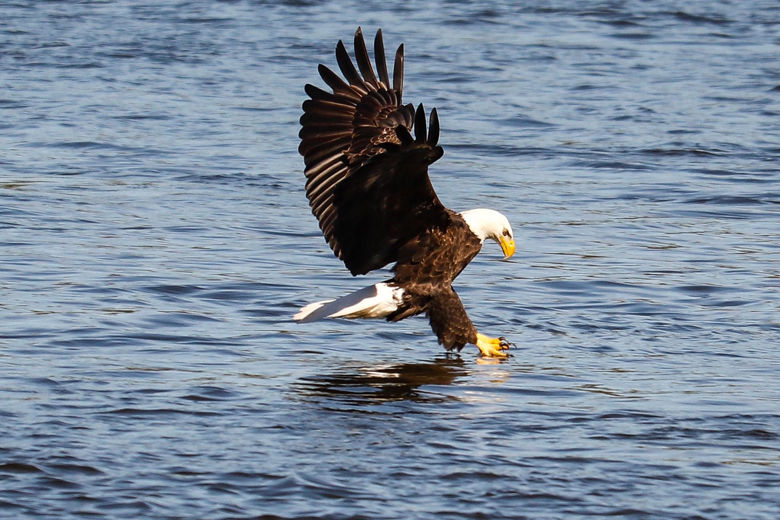
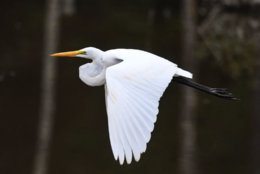
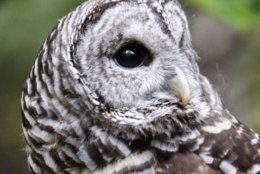
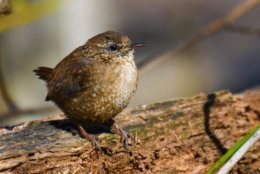
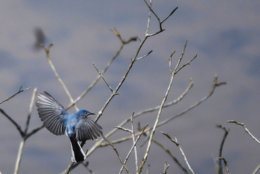
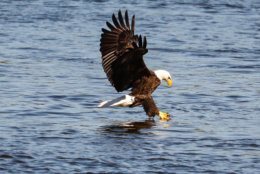
Their voices haven’t been silenced, but the number of birds making up the natural soundscape has dropped dramatically over the past 50 years.
A new study published in the journal Science reports that since 1970, the bird population across North America has plummeted by 29%. Researchers studied 529 bird species, more than 90% of the total bird population.
“We’re now seeing declines in common species — like red-winged blackbirds — that I just never thought would be declining like this,” said Pete Marra, director of the Georgetown Environment Initiative and one of the study’s authors.
Marra, who until recently served as the director of the Smithsonian Migratory Bird Center, explained that birds are critical to the environment: They control insect populations and aid in both seed dispersal and pollination.
“This decline means that the environment’s not in good shape. We’re also seeing it in insects. We’re seeing it in frogs. We’re seeing it in marine environments. This is not good for us. It’s not good for our children or their children. We’ve got to do something to solve this problem.”
According to the study, factors in the decline include habitat loss, building designs that lead to fatal bird collisions, and cats that either live outside in colonies or that are allowed to go outside.
“People need to pay attention to the birds around them because they are slowly disappearing,” said study lead author Kenneth Rosenberg, a Cornell University conservation scientist. “One of the scary things about the results is that it is happening right under our eyes. We might not even notice it until it’s too late.”
Every year University of Connecticut’s Margaret Rubega, the state ornithologist, gets calls from people noticing fewer birds. And this study, which she wasn’t part of, highlights an important problem, she said.
“If you came out of your house one morning and noticed that a third of all the houses in your neighborhood were empty, you’d rightly conclude that something threatening was going on,” Rubega said in an email. “3 billion of our neighbors, the ones who eat the bugs that destroy our food plants and carry diseases like equine encephalitis, are gone. I think we all ought to think that’s threatening.”
Despite the dramatic decline, Marra said, it’s not all gloom and doom. Wildlife can be resilient. For instance: One Chesapeake Bay icon, the bald eagle, faced extinction due to pollution and chemicals before the Endangered Species Act was passed in 1973. As of 2016, over 2,000 breeding pairs were in the Bay.
“When we almost lost bald eagles, peregrine falcons, the osprey, we stopped using DDT, and those populations have come back in resounding ways,” Marra said.
And there are still things that can be done today, he said, “such as planting native plants, making sure that cats are indoors, trying to minimize the impact that your windows have on birds that are using your property as important habitat.”
People can also support organizations that work to protect habitat, such as the American Bird Conservancy and the Nature Conservancy. People should also support politicians who will protect air and water.
“We have to protect the earth. It’s our common home,” Marra said.
WTOP’s Jack Pointer and The Associated Press contributed to this report.


